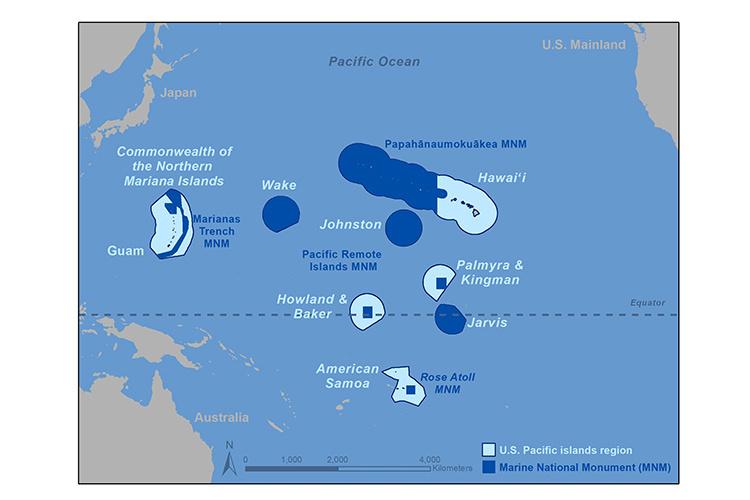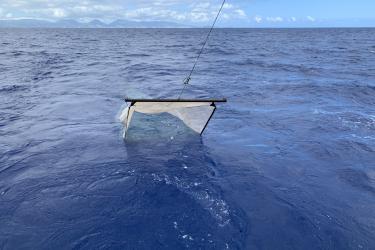Coastal and marine ecosystems provide jobs, recreation, cultural and spiritual value, and sustainable, healthy, and delicious sources of seafood. Fisheries regulations, guidelines, and best practices ensure these ecosystems remain productive. But if people don’t follow regulations, they may threaten these important ecosystems. Therefore, regulatory compliance is an important part of fishery management and ensuring our ocean and coastal resources remain healthy and productive.
Research into regulatory compliance often focuses on illegal, unreported, and unregulated fisheries and marine protected areas. Many researchers recommend regulatory actions such as increased law enforcement. Less attention is given to non-regulatory solutions, such as encouraging or persuading people to follow rules. People are more likely to follow rules they believe are fair—based on science and their input as stakeholders. But these alternative approaches are rarely used, despite evidence that they can improve compliance.
To investigate these approaches, we examined compliance in the United States Pacific Islands region. This is a vast area of 1.7 million square nautical miles that includes Hawai'i, American Samoa, Guam, the Commonwealth of the Northern Mariana Islands, and one of the world's largest marine protected areas, the Papahānaumokuākea Marine National Monument. Fishing in this region includes commercial, non-commercial/recreational, and subsistence activities, and a diversity of cultures rely on them.
A small boat fisher from the Pacific Islands region displays his catch.
To analyze compliance with fisheries regulations in this vast and diverse region, we reviewed historical and archival data sources, fisheries management literature, and conducted interviews with 29 experts with extensive fisheries management and regulatory compliance experience. While the literature highlighted the importance of enforcement, our expert interviews highlighted multiple factors that affected compliance. These included management capacity, participation in regulatory processes, and a lack of data to assess fisheries.
Several fisheries in the U.S. Pacific Islands region could benefit from increased enforcement presence, but we believe that alternative approaches to improve compliance can complement regulatory programs.
When combined with regulations, these approaches could form an integrated compliance strategy and address many of the issues identified by experts. Non-regulatory approaches include enhanced public outreach and education, social marketing, social learning, strategic communication, and persuasion-based compliance interventions. They may also include market-based solutions such as fishery improvement projects and sustainability certification programs. Increased participation and involvement in management processes can improve regulatory effectiveness and compliance.
We published our findings in the academic journal Marine Policy.
Regulatory tools such as enforcement play an important role in managing coastal and marine ecosystems. But our research shows that compliance is a complex issue and law enforcement may not be the best tool in all situations. Non-regulatory and participatory approaches can complement law enforcement and an integrated approach could improve fisheries management across the U.S. Pacific Islands region. Improving compliance can help ensure that these important ecosystems continue to provide the benefits we enjoy and rely on for future generations.







